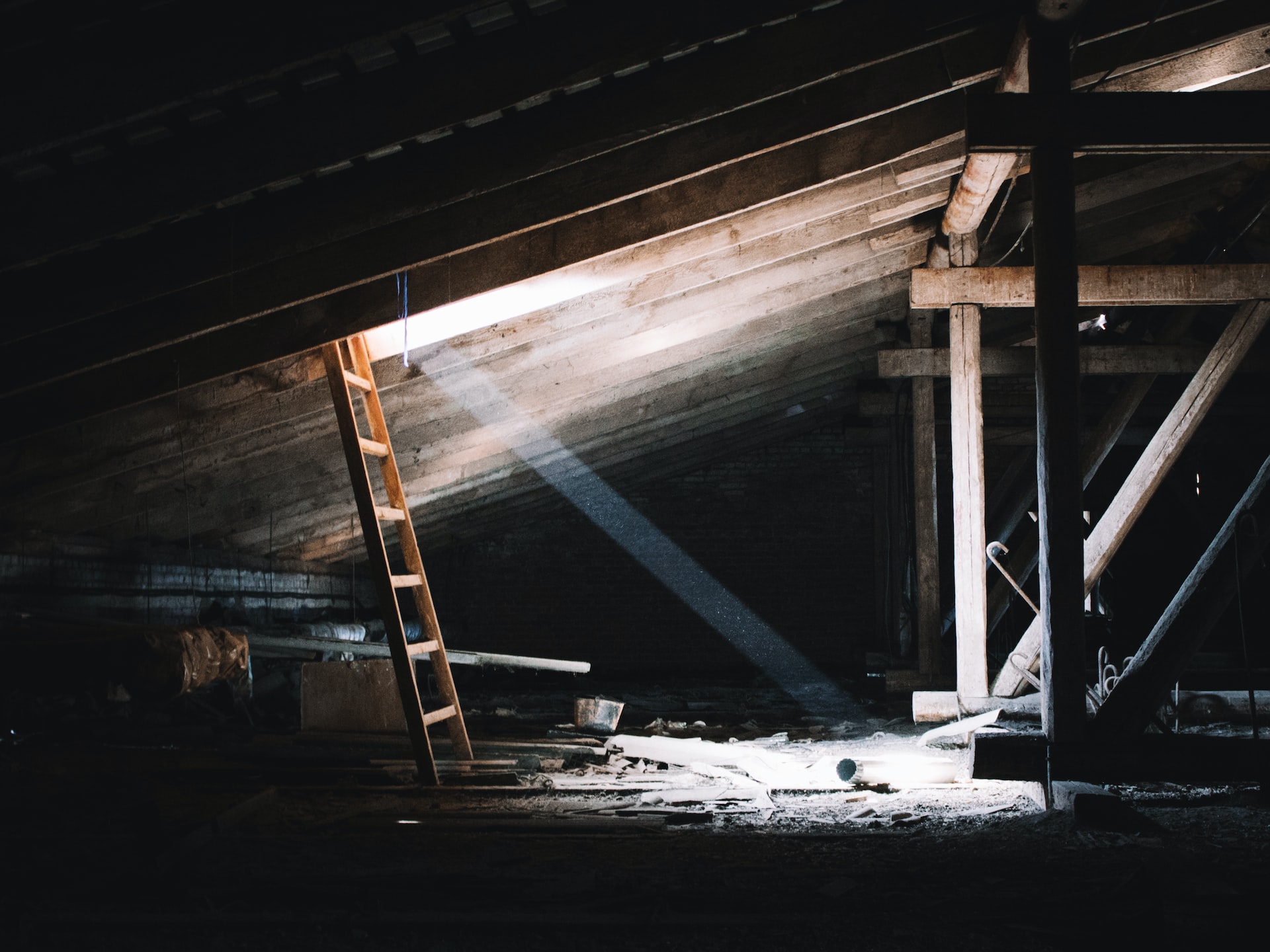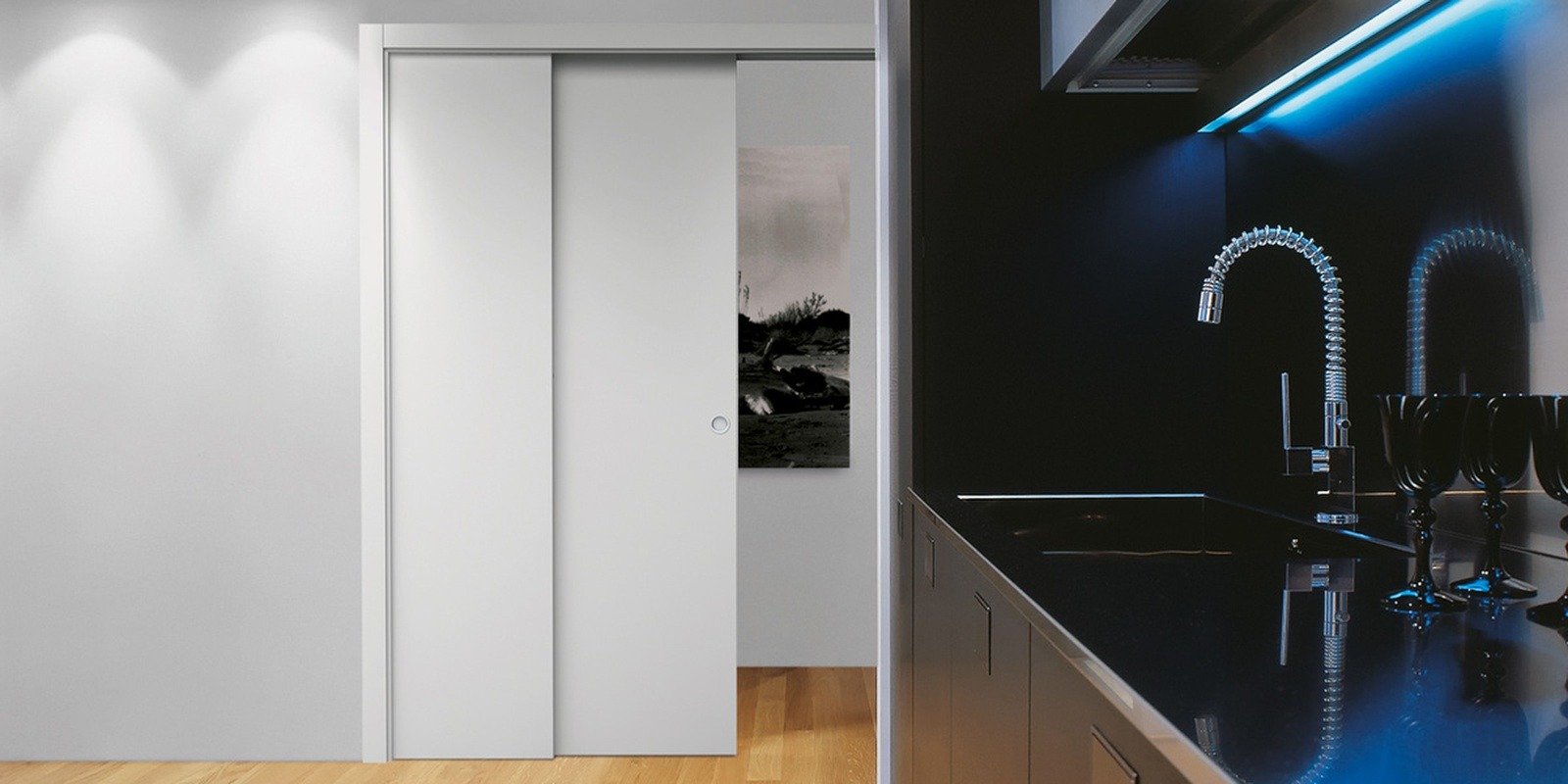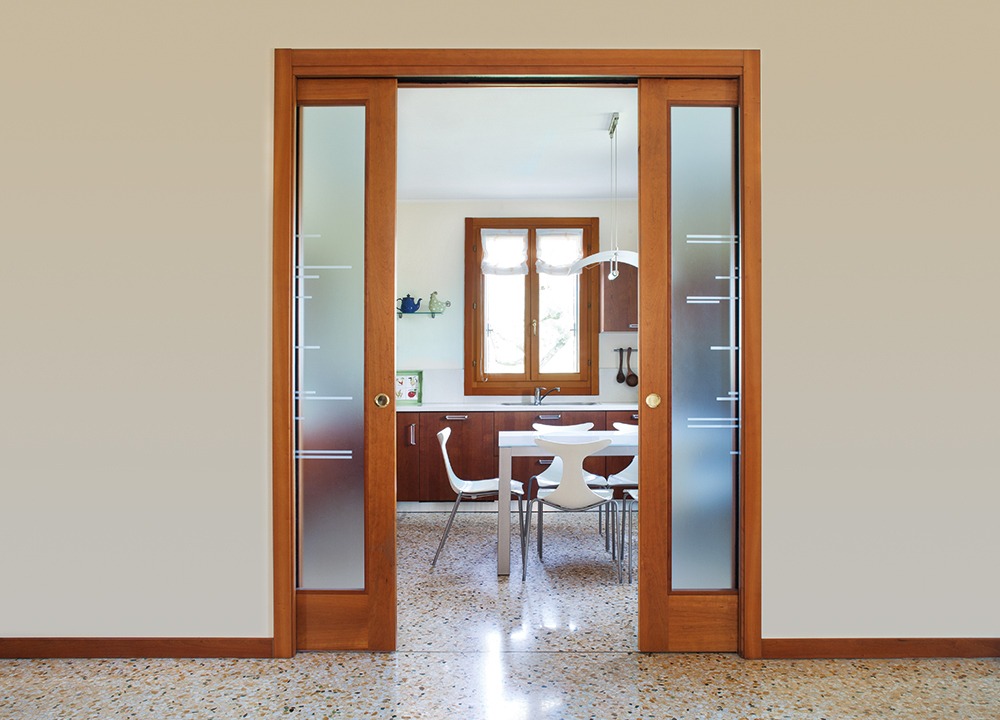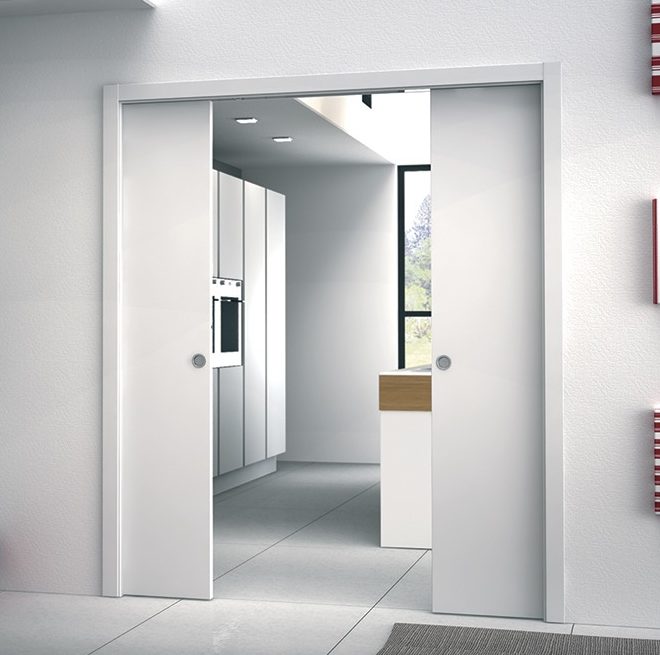
How do Pocket Doors Work in Loft Conversions?
We all want to make the most of the space we have available to us. That might be designing our rooms to be multi-use with clever furniture or well-thought-out layouts. It might also be making the most of the rooms in our homes – whether dividing up an existing room or creating a new one.
Many homes have lofts or attics suitable for conversion to an additional room. However, these rooms mainly depend on making the most of the available space, as they generally have reduced headroom. This means that every aspect of the design needs to consider space-saving – even elements you might not have thought about, like the doors. Glass Single Pocket Doors can work in even the smallest space, making loft conversions simple and accessible.
In this article, we’ll examine how pocket doors can be the ideal choice for a loft conversion project.
What is a Pocket Door?
A pocket door is a type of sliding door with various advantages. A pocket door moves sideways along a rail rather than moving in or out on a hinge like a traditional swinging door. A pocket door is further separated from a traditional sliding door by its ‘pocket.’ Traditional sliding doors move along a rail to the side of the door cavity. A pocket door moves into a hole in the wall, known as the pocket. This makes the door appear to disappear into the wall.
How do Pocket Doors Work in Loft Conversions?
Loft Conversions need to be planned in a way that considers the space and its limitations. Lofts are often home to a range of potentially small and awkward spaces. This means that they need to be planned out to maximise space. A pocket door can ensure that all the space in a room is usable rather than wasting space for a door to open. A traditional swinging door needs space for its door arc to move into. At the same time, a pocket door allows you to use the room without any swinging space.
Space Optimisation: Loft conversions often involve working within limited spaces. Pocket doors are ingeniously designed to disappear into the wall, eliminating the need for a door swing radius. This efficient use of space allows for more versatile furniture arrangements and a spacious feel, even in the cosiest lofts.
Aesthetic Appeal: Beyond their practical benefits, pocket doors add a touch of sophistication to loft interiors. The minimalist design complements modern and contemporary aesthetics, enhancing the overall visual appeal of the space. Thanks to pocket doors being available in various materials and finishes, they can seamlessly blend into any interior design scheme.
Enhanced Privacy: Loft conversions frequently involve creating multiple rooms within an open space. Single Pocket doors provide a seamless solution for ensuring privacy when needed, effortlessly gliding closed to enclose individual rooms without infringing on the living area.
What do you Get In Our Pocket Door Kit?
The Pocket Door Company provides the highest quality pocket door kits, so you can use any door you choose in your loft conversion. In our pocket door kits, you receive:
Galvanised steel frame
A strong galvanised steel frame. A quick-click frame that assembles into a complete unit comprising of full pocket, track, and doorpost.
Runners
Runners are tested to 100,000 cycles (around 25 years of average use!)
Extractable Track
The track can be extracted without having to break into the wall. (See the Tech Tips section in the Technical tab for instructions).
Front and rear door stop
It can be adjusted to determine how far the door protrudes from the pocket.
Metal anti-warp door profile
Slots into a channel in the underside of the door. While it is not visible, it ensures your door does not warp. This ensures it continues to slide smoothly.
Self-centering door guide
It clicks into the frame and doesn’t screw into the floor, so it is perfectly centered every time.
Fixings
We even include the screws needed to attach the plasterboard to the frame.
Jamb kit
Comes complete with a jamb kit made from unfinished finger-jointed fir and paint/stain ready. The jamb kit includes dust brushes and a recessed door post with integral bumpers for a professional finish.
Contact Us
Pocket doors are ideal for loft conversions for all of the reasons above. However, if you need help choosing a pocket door or need assistance, contact us to learn more. Our team will be happy to help you choose the correct set of pocket doors for your next loft conversion project.
Check out our full range of pocket door kits.




